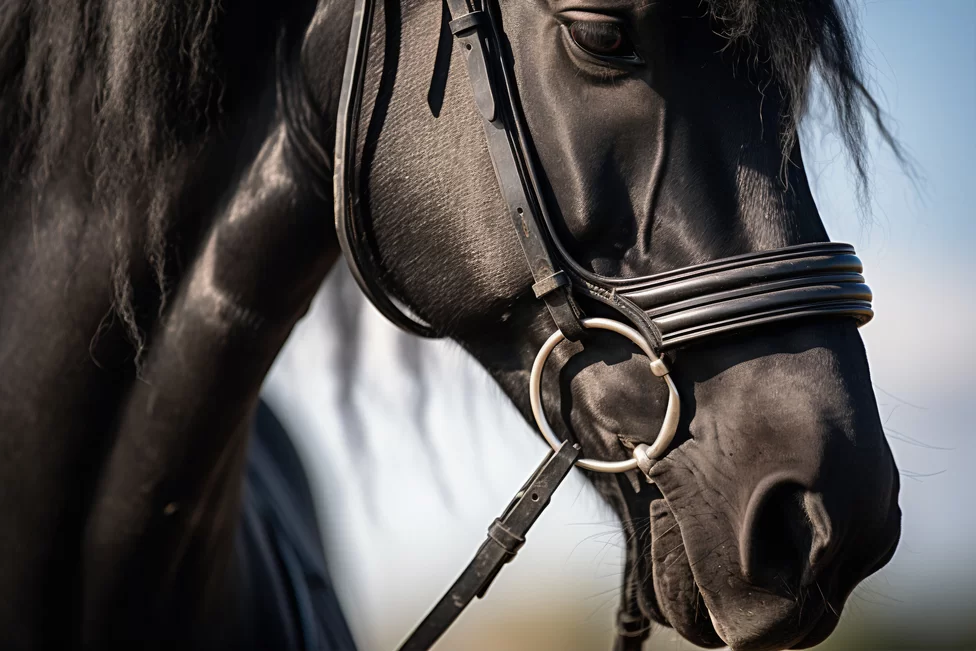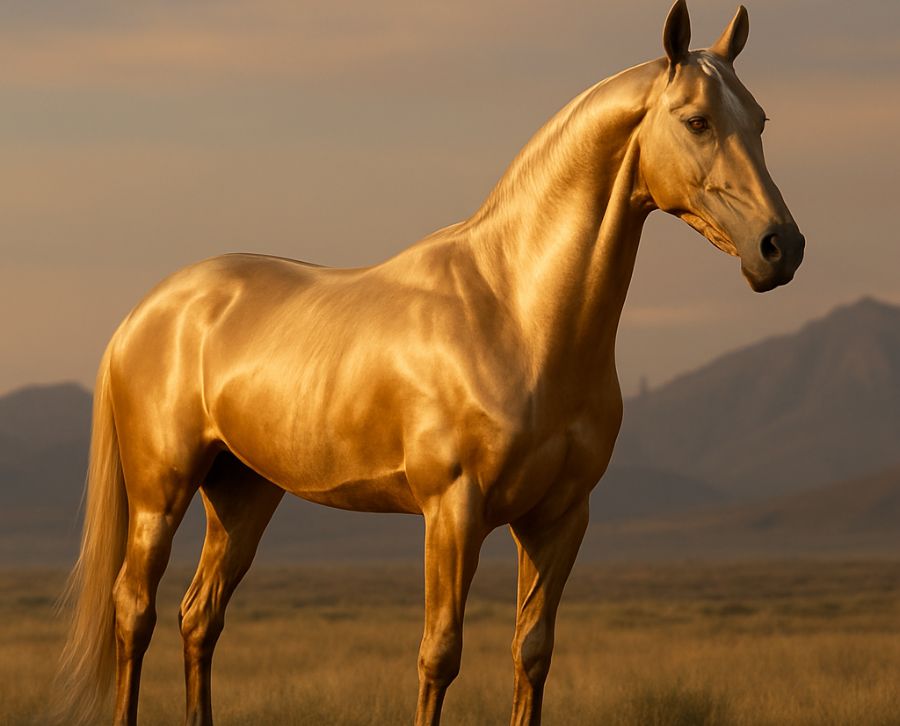The Lusitano horse is an equine breed that originated in the ancient Roman region of Lusitania, which corresponds to the current territory of Portugal. Its name comes from the Lusitanians, a people who lived in that area and resisted the Roman
invasion. It is considered the oldest riding horse in the world and one of the most noble and versatile.
Purebred history and influences
This horse breed has a long history dating back more than 25,000 years, when its ancestors, the Sorraia horses, lived in the Iberian Peninsula. These horses were domesticated by the native peoples, who used them for hunting, agriculture and
warfare. Over time, the Lusitano horse was influenced by other breeds from the East and North Africa, which gave it its current appearance.
What do Lusitano horses look like?
The Lusitano horse is of the eumetric type, i.e. of medium volume and a perfect combination of surface and mass. Their height at the withers ranges from 150 to 160 cm, they are compact, with muscular hindquarters, strong and long legs, with a
wide gait, sloping croup, low set tail, broad chest, rounded ribs, broad forehead, Roman nose, abundant mane and tail. Lusitano horses come in a wide variety of solid colours, the least frequent and sought after being palomino and cremello.
They are a Portuguese breed of horses known for their beauty, elegance, strength, agility and intelligence. They are baroque horses, with a convex profile, powerful neck and hindquarters, a high and wide gait, and a variety of solid colours in their
coat.
They are considered the oldest riding horses in the world and have been used for various activities throughout history, such as hunting, warfare, bullfighting, dressage and equestrian tourism.
What does Lusitano horse mean?
The name Lusitano horse derives from Lusitania, the ancient Roman region in the west of the Iberian Peninsula, where Portugal is today. Their fame dates back to Roman times, when their speed was attributed to the influence of the westerly wind,
which was believed to be able to impregnate mares.
Its origin is based on the selective crossbreeding between horses native to the Iberian Peninsula, such as the Sorraia and the Arabian, and horses from the East and North Africa.
Where does the Lusitano horse live?
This breed lives mainly in Portugal, where most of its population and main stud farms are located. However, breeding has also spread to other countries such as France, Brazil, Mexico, Spain, Belgium and the United Kingdom. In addition, in the
United States it is registered together with the Andalusian horse under the same association.
How much does a Lusitano horse weigh?
The average weight of a Lusitano horse is about 500 kilograms. Their height at the withers ranges from 150 to 160 centimetres, with females being slightly shorter tan males. Their body is compact and harmonious, with a sloping croup and a low set
tail. His chest is broad, his ribs are rounded and his forehead is broad. His nose is blunt and his ears are fine and expressive. Its mane and tail are abundant and soft.
Famous Lusitano horses
Among the famous Lusitano horses we can highlight some specimens that have excelled in different equestrian disciplines.
For example:
- Novilheiro: was a Lusitano horse that competed in show jumping with Olympic rider John Whitaker. He was one of the first white horses to excel in
this discipline and won several international competitions. - Rubi AR: was a Lusitano horse who competed in dressage with rider Gonçalo Carvalho. He participated in the London 2012 Olympic Games and was European Team Champion in 2013.
- Xaquiro: He was a Lusitano horse who competed in bullfighting with bullfighter Pablo Hermoso de Mendoza. He was considered one of the best bullfighting horses in history and received several awards and tributes.
Differences between the Lusitano and Spanish purebred horses
The Lusitano and the Spanish horse are two very similar horse breeds that share a common origin in the Iberian Peninsula. Both breeds are descendants of the Iberian horse, which interbred with other Oriental and African breeds over the centuries.
However, there are some differences between them which are due to the different selections made by Portuguese and Spanish breeders.
He is usually taller than the Spanish, with an average height of 160 centimetres compared to 155 centimetres for the Spanish. It also has a larger and more convex head, while the Spanish has a smaller and straighter or sub-convex head. The
Lusitano has a more arched and muscular neck than the Spanish, which is straighter and thinner. The Lusitano has a more sloping and rounded croup than the Spanish, which is more horizontal and square. The Lusitano has a lower tail than the Spanish,
which has a higher tail.
In terms of character, both are noble, intelligent, sensitive and courageous horses, but the Lusitano tends to be more agile, quick and supple than the Spanish, which tends to be calmer, more docile and balanced. The Lusitano has more aptitude for
bullfighting and dressage, while the Spanish has more aptitude for walking and high school. Both are very versatile horses and adapt to different equestrian modalities.
Lusitano horses, the oldest horses to ride
This is one of the most outstanding equines of the Iberian Peninsula, as it is the oldest in terms of equestrian riding. In addition, given their character and intelligence, they participate in different competitions such as dressage.
If you want to know more about any other horse, continue to learn more about other breeds here, we will teach you much more about horses!





